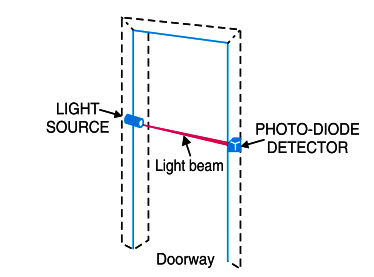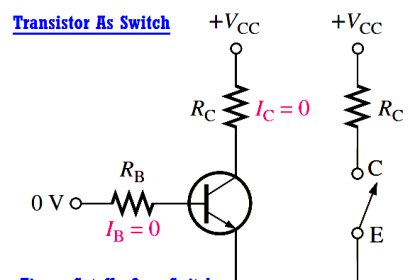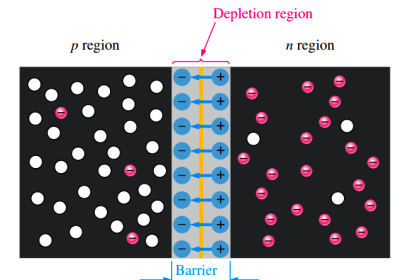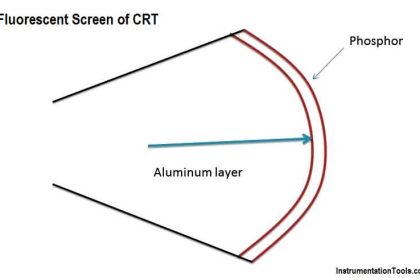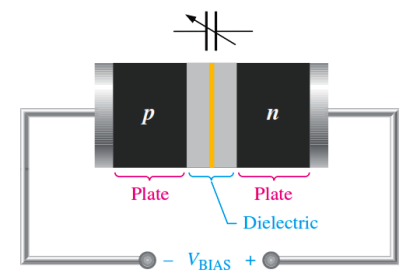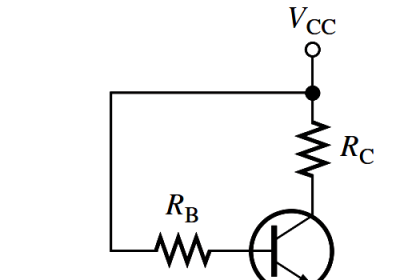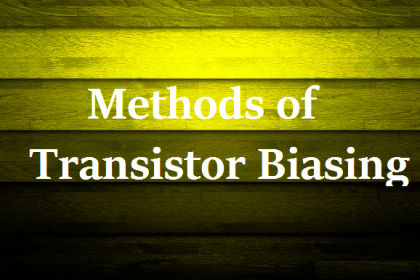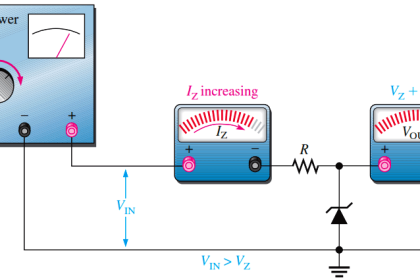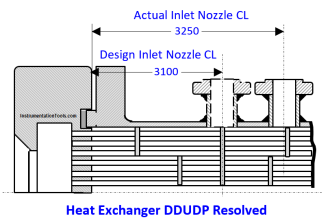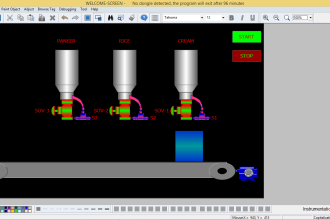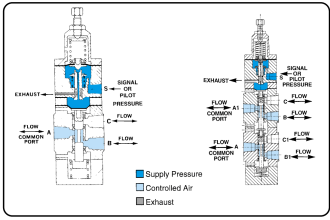A phototransistor is similar to a regular BJT except that the base current is produced and controlled by light instead of a voltage source. The phototransistor effectively converts light energy to an electrical signal.
In a phototransistor the base current is produced when light strikes the photosensitive semiconductor base region. The collector-base pn junction is exposed to incident light through a lens opening in the transistor package. When there is no incident light, there is only a small thermally generated collector-to-emitter leakage current, ICEO; this dark cur- rent is typically in the nA range. When light strikes the collector-base pn junction, a base current, Iλ, is produced that is directly proportional to the light intensity. This action produces a collector current that increases with Iλ. Except for the way base current is generated, the phototransistor behaves as a conventional BJT. In many cases, there is no electrical connection to the base.
The relationship between the collector current and the light-generated base current in a phototransistor is
Ic = βDCTλ
The schematic symbol and some typical phototransistors are shown in Below Figure.
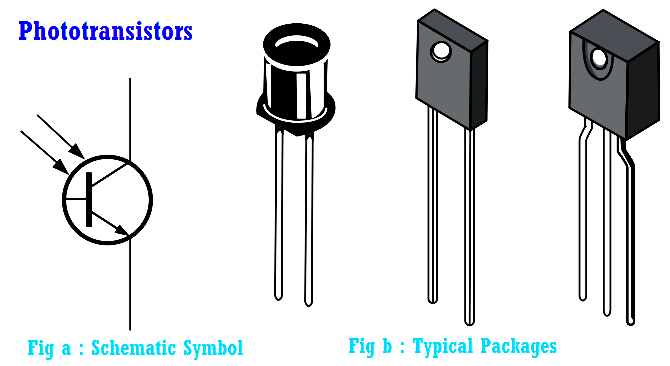
Since the actual photogeneration of base current occurs in the collector-base region, the larger the physical area of this region, the more base current is generated. Thus, a typical phototransistor is designed to offer a large area to the incident light, as the simplified structure diagram in Below Figure illustrates.
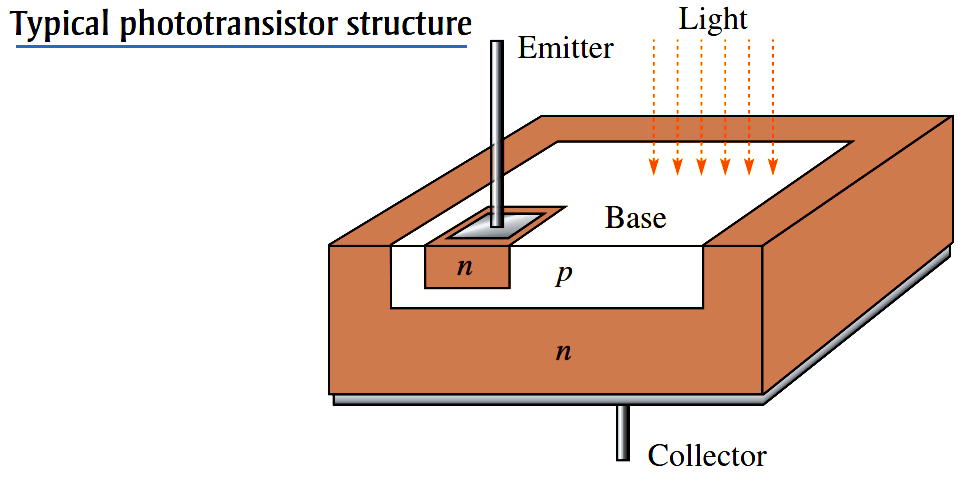
A phototransistor can be either a two-lead or a three-lead device. In the three-lead configuration, the base lead is brought out so that the device can be used as a conventional BJT with or without the additional light-sensitivity feature. In the two-lead configuration, the base is not electrically available, and the device can be used only with light as the input. In many applications, the phototransistor is used in the two-lead version.
Below Figure shows a phototransistor with a biasing circuit and typical collector characteristic curves. Notice that each individual curve on the graph corresponds to a certain value of light intensity (in this case, the units are mW/cm2) and that the collector current in creases with light intensity.
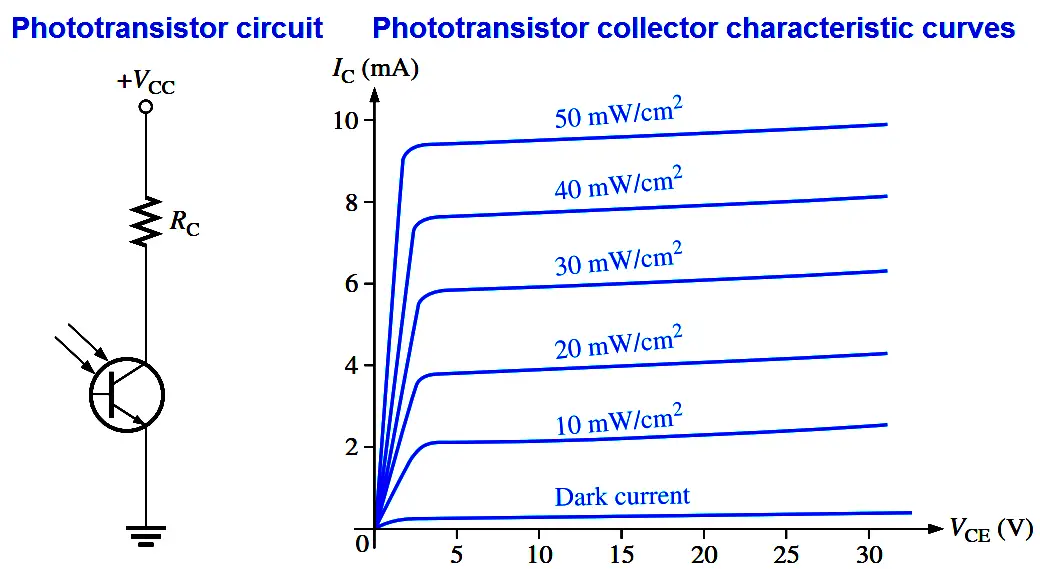
Phototransistors are not sensitive to all light but only to light within a certain range of wavelengths. They are most sensitive to particular wavelengths in the red and infrared part of the spectrum.
